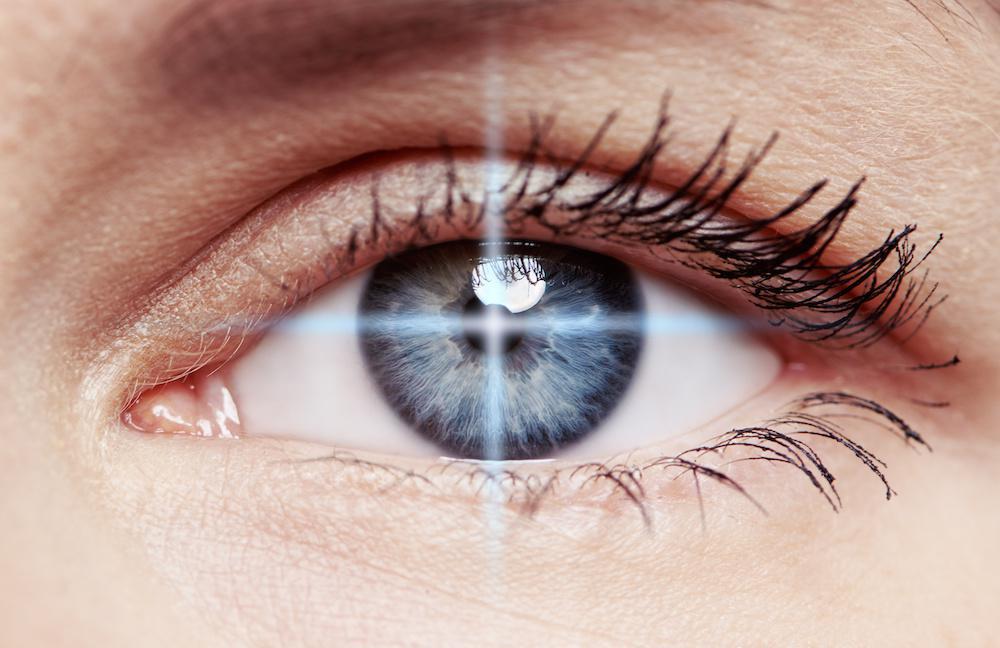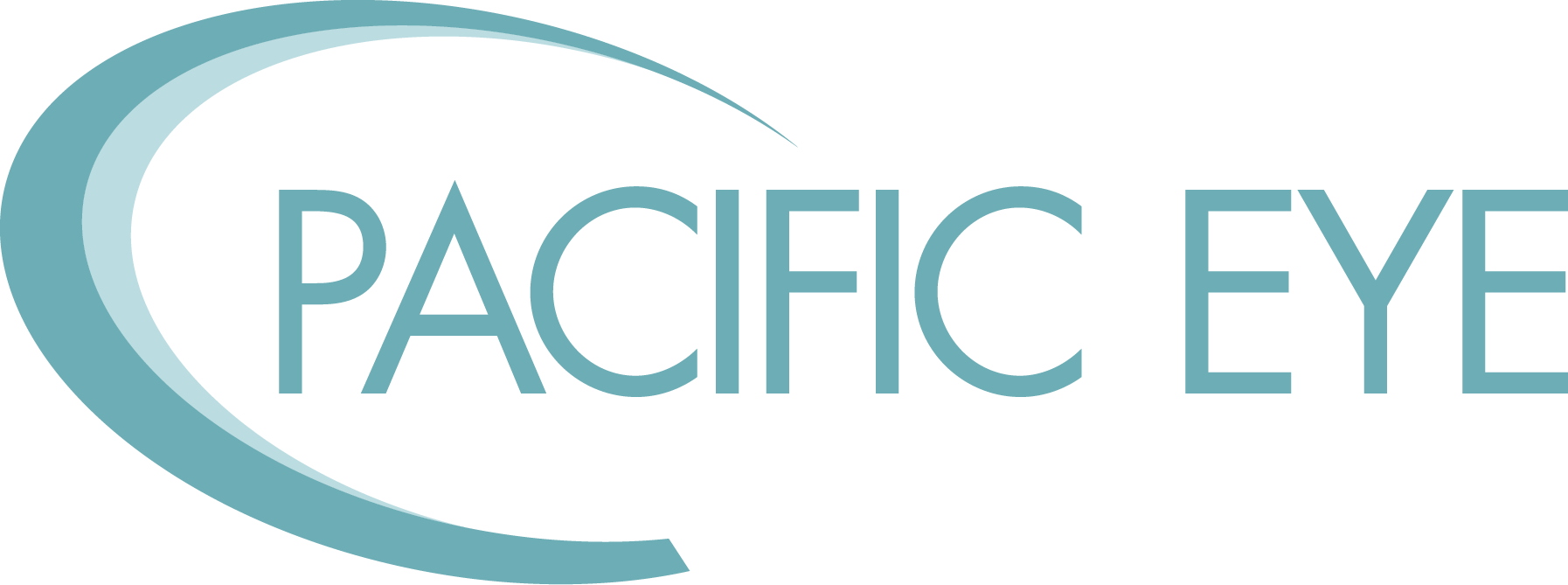Astigmatism, LASIK Eye Surgery, Vision Correction

Did you know that 1 in 3 people in the United States have astigmatism? Astigmatism is a common refractive condition that is caused by an irregular-shaped cornea or lens that affects the ability to properly process light. A regular eye without astigmatism has a ball-shaped cornea and lens. Astigmatism makes the eye football-shaped, and it interferes with the eye’s ability to focus images.
At Pacific Eye Surgeons, our eye specialists in San Luis Obispo, Paso Robles, Pismo Beach, Lompoc, and Santa Maria California are fully equipped to treat most forms of astigmatism. Our experienced ophthalmologists and optometrists are experts in treating astigmatism to improve patients’ vision.
Some Symptoms of Astigmatism
Although the main symptom of astigmatism is blurred vision, the most accurate way to tell the cause of your vision problems is by getting a diagnosis or an eye exam from an eye doctor. Eyestrain, squinting, dizziness, and headaches may signal the presence of astigmatism. Constant adjustments and attempts to focus can lead to eyestrain, ultimately causing fatigue. If you’ve noticed these symptoms, it’s essential to explore the possibility of astigmatism. Below is more information on signs of astigmatism:
- Blurry Vision: The severity of astigmatism varies, leading to mild to severe distorted vision. Unlike myopia (nearsightedness) or hyperopia (farsightedness), astigmatism blurs your vision at all distances.
- Night Vision Challenges: Astigmatism symptoms can intensify in low-light conditions, with nighttime presenting unique challenges. Pupils dilate to enhance visibility, but when astigmatism is present, this exacerbates blurry vision. Lights may appear fuzzy, creating halos and glare that make tasks like nighttime driving particularly difficult.
Diagnosing Astigmatism
Routine eye exams are crucial in diagnosing astigmatism, often detected alongside nearsightedness or farsightedness. Our skilled ophthalmologists and optometrists at Pacific Eye Surgeons can assess the extent of your condition and recommend personalized treatment options.
Whether through eyeglasses, contact lenses, or refractive surgery, astigmatism correction is within reach. Our goal is to provide you with the right prescription, ensuring sharper vision and reduced eyestrain.
Steps to improve your vision
Astigmatism can be corrected LASIK at Pacific Eye Surgeons. LASIK is a cutting-edge refractive surgery that reshapes the cornea, effectively addressing the irregular curvature associated with astigmatism. This outpatient procedure utilizes precise laser technology to reshape the cornea, allowing light to focus accurately on the retina. By customizing the corneal shape to match your eye’s ideal curvature, LASIK aims to reduce or eliminate astigmatism, offering the potential for clearer vision without the reliance on corrective lenses like eyeglasses and contact lenses. Treating your astigmatism through LASIK at Pacific Eye Surgeons begins with a test to see if you qualify for LASIK.
Take our LASIK self-test here: https://www.paceyemd.com/lasik/lasik-self-test/
Schedule a FREE LASIK consultation here: https://www.paceyemd.com/lasik/schedule-a-lasik-consultation/
If you suspect astigmatism or if it’s time for your next eye exam, schedule an appointment online or call Pacific Eye Surgeons. With seven convenient locations in San Luis Obispo and Santa Barbara counties, including [new location], our team is dedicated to helping you achieve optimal eye health and clarity of vision. Call us at (805) 545-8100 or request your appointment below for a step toward a clearer tomorrow: https://www.paceyemd.com/request-an-appointment/







